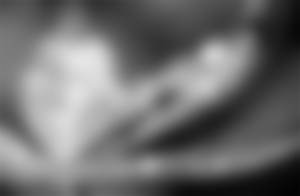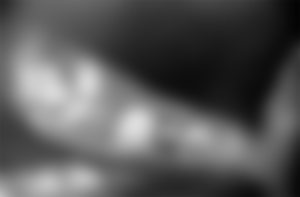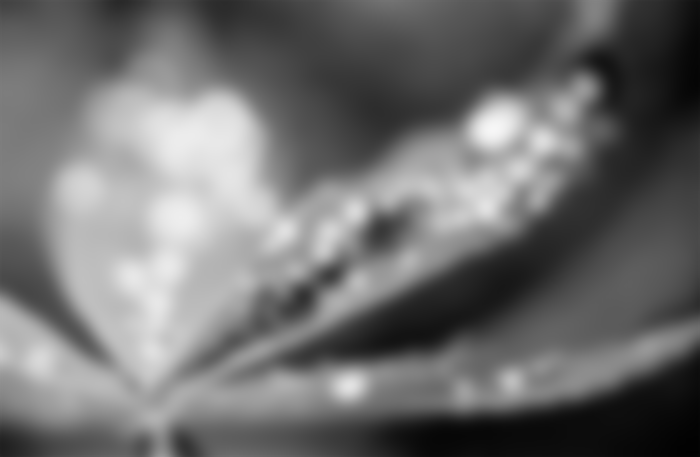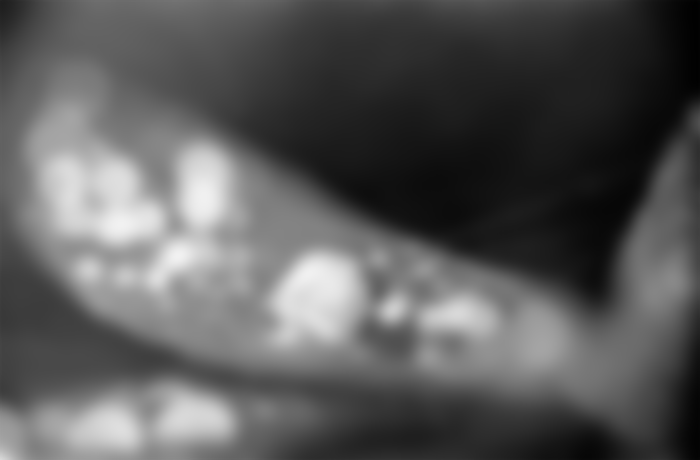Fragility in black and white
It was early summer with the leaves just barely coming out (yes, leaves come only in May here). Overnight it had rained a lot but when I went out for a walk in the morning, the sun was already shining. I saw the beautiful droplets on a plant, and I immediately imagined a photo with a shallow depth of field; of course, macro.
I took my camera and realised that I have an ISO 400 film. That's not going to work, I thought. I put the Vivitar 90mm f/2.8 and metered the exposure. It looked slightly overexposed but not much. I was worried that I might ruin the frame but decided to try anyway. Holding my breath, doing the final adjustment to the focus, carefully clicking the shutter, and it was done. I was nervous that the photos would fail, so I also took photos with my DSLR. I can share them in a post in another community if you are curious.
After developing the film, I noticed my macro frames were quite well exposed and with little loss of highlight detail. The bokeh turned out better than expected. I am really happy with it. They make the picture dreamier, yet the focus falls on the big droplet. The first of the two frames is a tiny bit front-focused, but given that it was a handheld 1:1 macro, I'm not going to cry over it. Besides, the droplets are huge compared to the depth of field, so some part of the big ones is always going to be a tiny bit out of focus.



This article is (or will be) reposted on my other blogging and social profiles.
https://linktr.ee/neurodivergent_ai
You can find me on [affiliate links]:
| Medium | Vocal | Simily | read.cash | noise.cash | Publish0x | Steemit |
| Hive | Appics | Instagram | Twitter |
Check out more of my artworks in my community on Ko-Fi.


